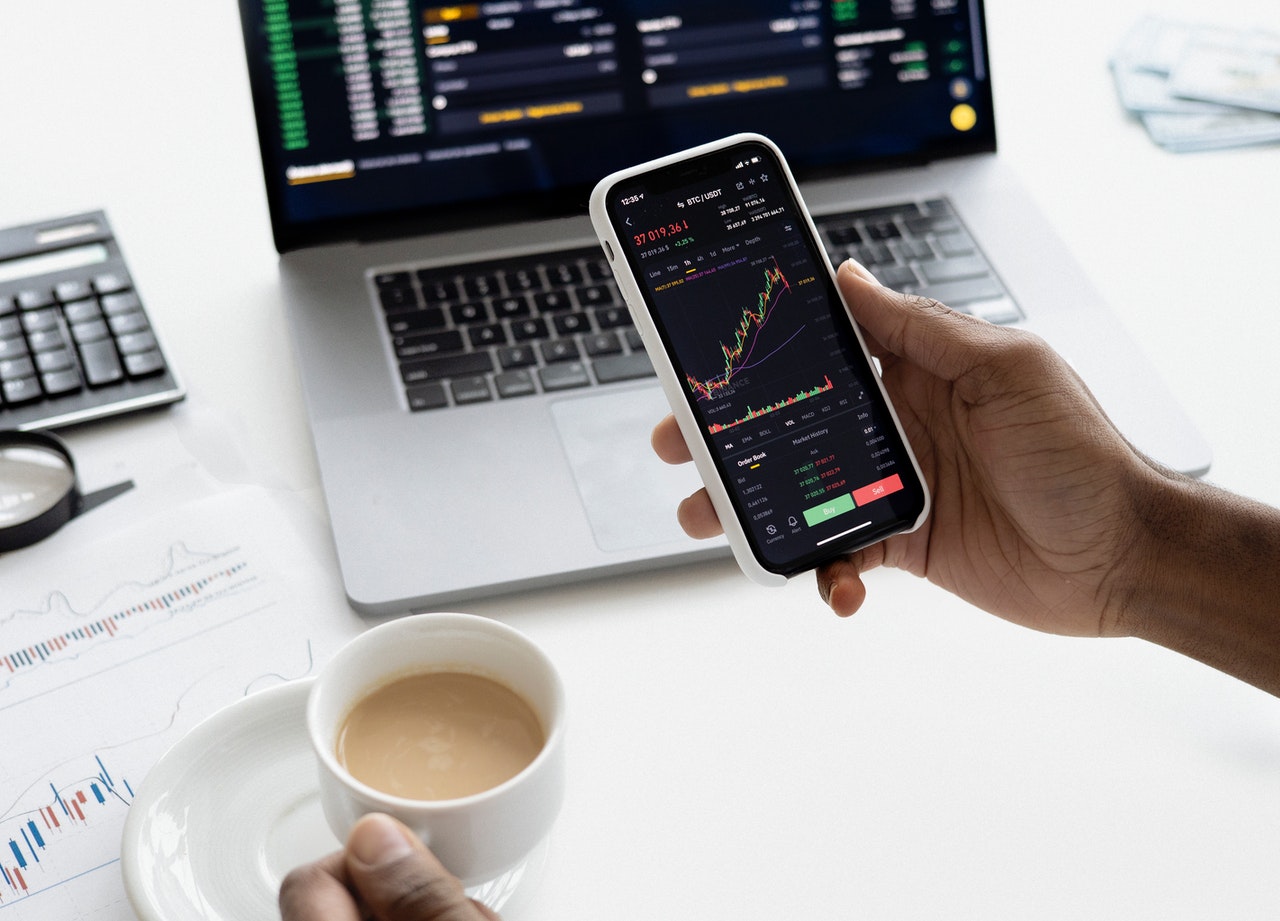Technical analysis embroils the examination of historical market data, mainly price and trades volume. The analysis’ purpose is to predict future market movements. Technical analysis allows for the evaluation of past investments and the identification of potential trading opportunities.
Forex traders employ technical indicators to study the market before trading correctly. Technical indicators are often in the form of mathematical equations. You apply the equation to the historical prices and volumes of stockto determine the future direction of the stock.
Technical indicators are of two categories, including leading and lagging indicators. Leading technical indicators deliver trade signals when a trend is close to starting. These indicators utilize shorter periods to forecast prices. An example of a leading technical indicator is the stochastic indicator.
On the other hand, a lagging technical indicator provides overdue feedback. Its signal follows the commencement of a trend or trade reversal. The moving average technical indicator is a perfect example of a lagging indicator.
Types of Technical Indicators
The technical indicators can be classified into four types.
1. Trend indicators
Trend indicators communicate the direction, which the market is about to take. Besides direction, trend indicators measure the trend’s strength. Trend indicators capitalize on price averaging to form a baseline. Depending on the direction of the trend, the trend can be bearish or bullish.
Bullish trends depict an upward movement in prices as the prices go beyond the average baseline, towards the top. On the contrary, a bearish trend is that whose prices fall below the average reference point.
The three technical indicators vital in trend analysis comprise Moving Averages (MA), Moving Average Convergence Divergence (MACD), and parabolic stop and reverse.
The moving average indicators aid in smoothing out prices over a particular period. It does so by generating a regularly restructured average price. Moving averages assist in spotting current trends plus trend reversals.
MACD aid in the disclosure of the variation in strength, direction, plus momentum, and the trend’s duration of the price of a stock. The parabolic stop and reverse indicators reveal the possible reversals in the direction of the market prices.
2. Momentum indicators
Momentum has to do with speed. Thus, momentum indicators aid in the identification of the rate of movements in prices. It does so by matching forex market prices over some time. Moreover, momentum indicators can analyze the volume.
You can compare the present closing prices with the previous to determine the momentum of the volumes of trade. Any divergence between indicators of price and momentum illustrates a revolution in the forthcoming prices.
The momentum indicators include stochastic oscillators, Commodity Channel Index (CCI), and the Relative Strength Index (RSI).
A stochastic oscillator is a leading indicator that forecasts the points where the market price will probably turn. CCI is an oscillator that facilitates identifying price reverses, price extremes, plus the strength of a trend.
3. Volatility indicators
Volatility refers to how fast or slow forex prices rise or fall. It measures the rate of movement in prices irrespective of the direction of motion. Volatility is calculated by looking at the variation in the bottom and top historical prices.
Volatility indicators are vital as they provide traders with the price range that traders are purchasing or selling of a particular market. Moreover, volatility indicators signal the specific points where the market may experience a turnaround.
Some of the common volatility indicators include Bollinger bands, average true range, and standard deviation. Bollinger bands aid in the measurement of a trend’s highness or lowness compared to past trades.
Average true range indicators provide the extent of volatility in prices. Standard deviation helps in determining the expected risk.
4. Volume indicators
Volume indicators are responsible for measuring a trend’s strength. More robust trends are realized with an increased volume of trade. The larger the trade volume, the larger the price movements.
Some volume indicators consist of the Chaik in oscillator, On-Balance-Volume (OBV), and the volume rate of change indicators. Chaik in oscillator defines the inwards and outwards flow of money, whereas the OBV measures the extent of accumulation or dissemination.
Conclusion
Technical trading involves trading that is highly reliant on technical analysis of price charts. You can classify the numerous technical indicators as trend, volatility, momentum, or volume indicators. You can only select and utilize a few of the technical indicators since using all of them will confuse you.


Comments are closed